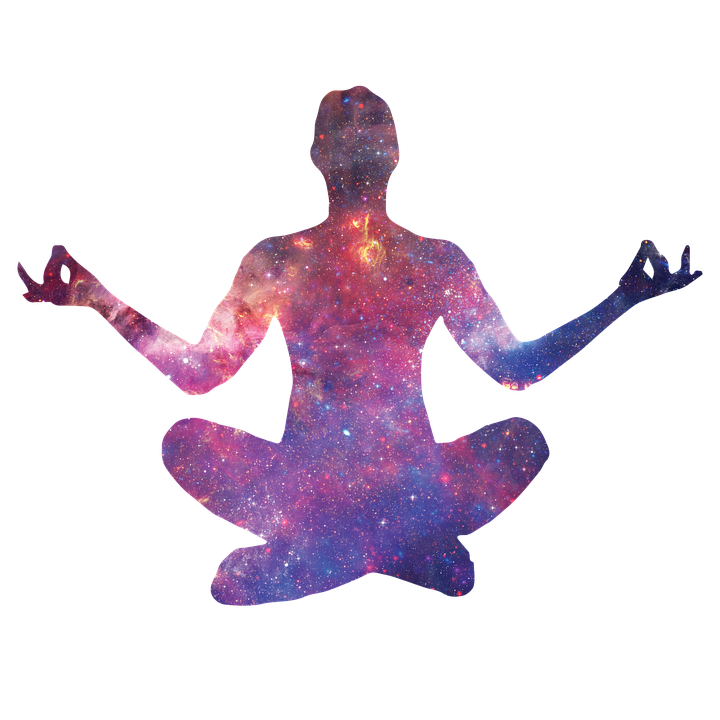How old is Yoga? It could be said that as many as the spiritual or transcendent restlessness that is born of human beings, as well as their search for fullness and wisdom. But you can specify a little more …
It is very difficult to specify the historical origin of Yoga and there is a divergence of opinions about it. Some authors believe that it is more than five thousand years old, that is, it would be prior to the Vedas (the oldest books of humanity).
The yoga tops very useful for during yoga and It’s helpful while doing yoga. And yoga tops is available in amazon. To buy a yoga tops click this link.
Others, on the contrary, affirm that it has its origin within the framework of the Vedas . It is evident that Yoga, understood as a personal attitude of internal search and development, is much earlier than said texts. The yokic techniques that we know today may not be so old.
Some authors like Mircea Eliada maintain that Yoga was already known and practiced in the ancient Indus civilization that flourished in the third and second millennia a. of JC The archaeological excavations carried out in more than 60 places between the Arabian Sea and the Himalayas demonstrate this. This civilization could have been grouped around two cities: Mohenjo-Daro in the south and Harappa in the north.
In this area numerous figurines of people practicing yogic postures and meditation have been discovered ,which shows that Yoga was known before the Aryans (impetuous warrior people who invaded India around 1500 BC and in whose bosom the Vedic culture) invaded the Indian subcontinent.
The millenarian culture of Yoga owes its evolution to the sages of antiquity, who developed and applied their teachings according to the characteristics of their time. In antiquity, the teachings were revealed secretly from master to disciple, in a chain that has survived to this day. With the passing of time, a large part of the teachings were transcribed, but another part remains hidden and can only be accessed through direct contact with a teacher.
As for the classical texts, it is the Vedas who mention Yoga for the first time ( Rigveda and Atharvaveda ), and although they do not reveal the practices, they allude to classical concepts of Yoga, such as the existence of the dynamic principle vayu (prana or energy) and its direct link with breathing. They also refer to the existence of psychic-energy centers and channels (chakras and nadis).
The Upanishads, which are the last Veda, contain the essence of these and have supported the Vedanta philosophy. In them, Yoga already acquires a solid base and a definite form. The essential message of the Upanishads is that Being (essence of oneself) can only be known through Union (Yoga), and not by speculation. The Self can not be realized outside of oneself, but in our deepest interior.




